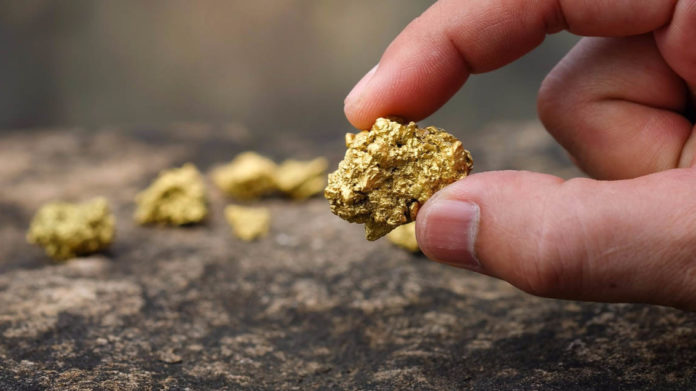
ANGLOGOLD Ashanti produced 7% less gold year-on-year in the first quarter with a portion of the decline related to Covid-19 absenteeism at its Ghana and Brazil mines, but the higher gold price more than offset the impact of these events.
At $1,788 per ounce, the realised price was 13% higher in the quarter compared to the first quarter of last year. The bottom line impact was an attributable profit of $203m for the quarter compared to $134m previously – a 51% improvement.
Headline earnings of $203m, or 48 cents a share in the three months to the end of March 2021, compares to $143m, or 34 US cents per share, in the first quarter of 2020.
The issue of who will replace former CEO Kelvin Dushnisky, who resigned about nine months ago, remains unanswered. AngloGold provided no update in its first quarter results announcement regarding progress in finding a permanent CEO. The position continues to be filled on an interim basis by Christine Ramon, the group’s former CFO.
Asked for an update at a media conference regarding the CEO’s position, Ramon said the company’s board had “good momentum” with the process. “The chairperson (Maria Ramos) said at the annual general meeting it was a priority for the group. The board is advancing this process and it will update the market,” said Ramon.
As per previous comments, Ramon said AngloGold had marked out the next two years as a period of reinvestment for the company. The ramp-up of Obuasi in Ghana after a re-engineering programme was progressing smoothly, she said. In addition to Obuasi, AngloGold’s AGA Mineração, Serra Grande, and Siguiri mines turned in solid performances.
About 4,000 ounces were lost to Covid-19 related absenteeism at an estimated $29/oz of all-in sustaining costs (AISC), and there were challenges in respect of rotation of expatriate workers from Australia to Ghana. Lower grades and the draw-down on ore stockpiles negatively affected the first quarter performance. AngloGold also reported inflationary pressures throughout the portfolio.
“We are seeing mining inflation of about 5%,” said Ramon. “Another risk is that going forward there are skill shortages in Australia and Brazil. The iron ore industry is competing for critical skills so there is wage-related competition.”
Given the high commodity pricing currently, the cost of oil had also increased contributing to inflation, she said. “Mitigating this are the operational efficiency programmes [the company had implemented],” said Ramon.
All in all, first quarter production totalled 588,000 oz compared to 630,000 oz. AISC increased 26% to $1,287/oz in the first quarter compared to $1,021/oz from continuing operations in the first quarter of 2020.
From a balance sheet perspective, the group continues to make in-roads with adjusted net debt falling to $908m at quarter close compared to $1.6bn a year ago.











